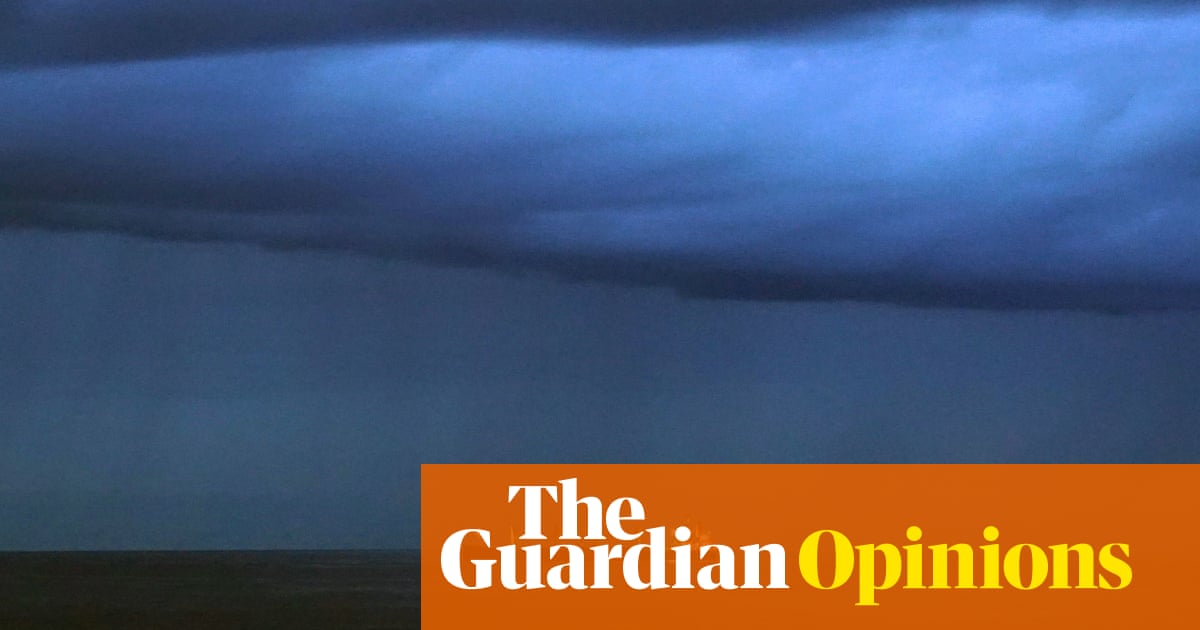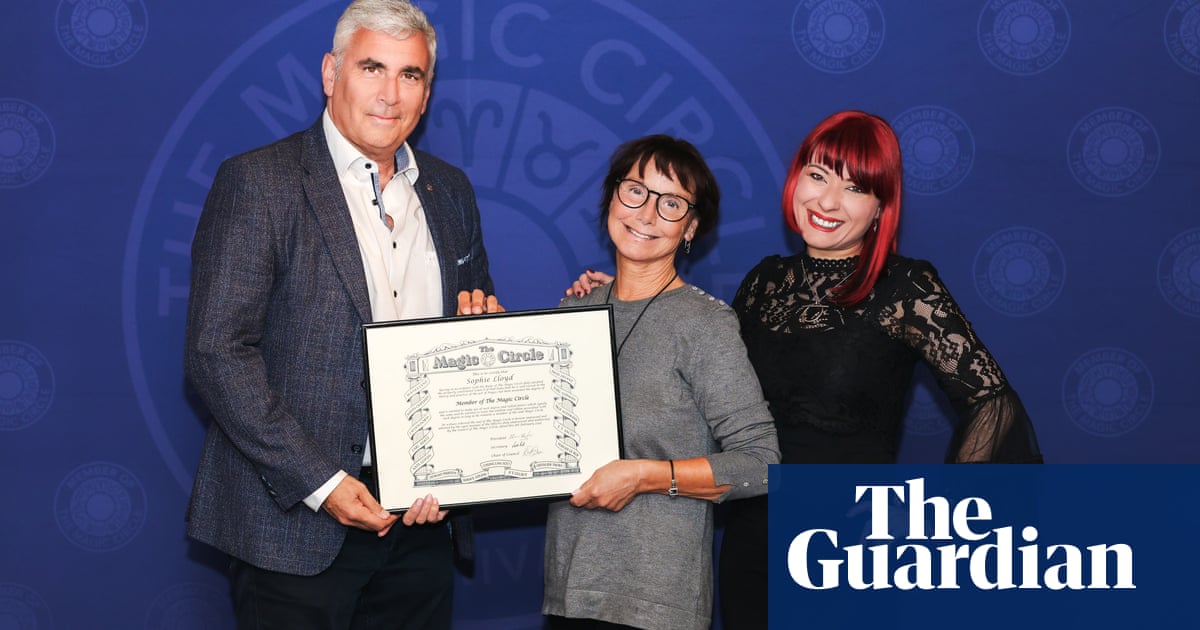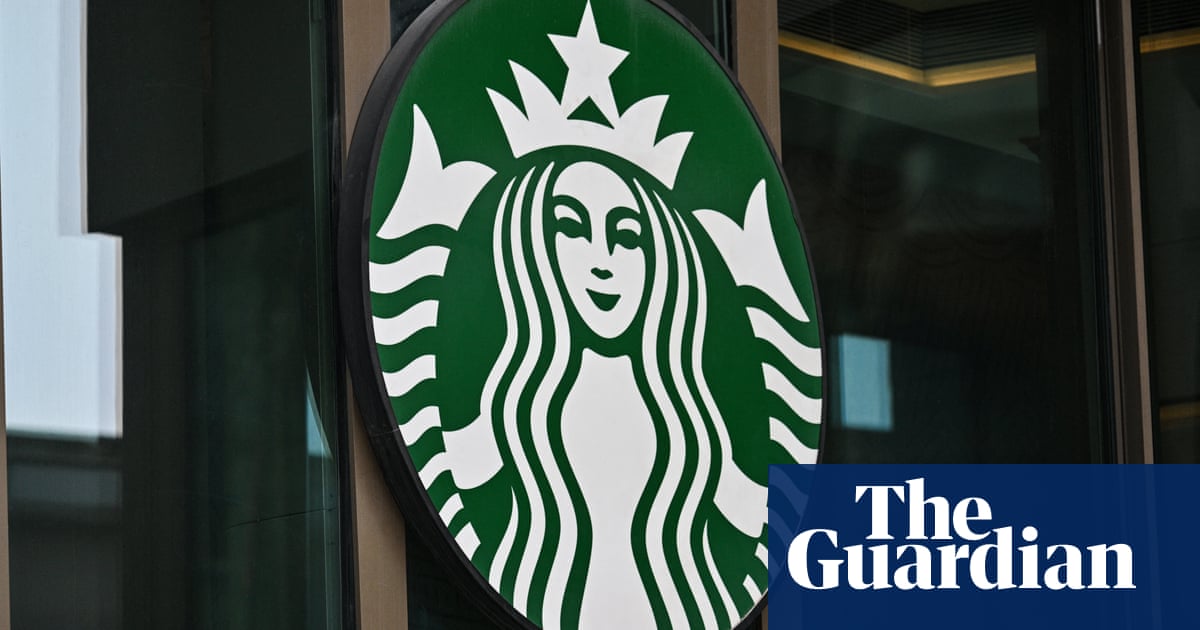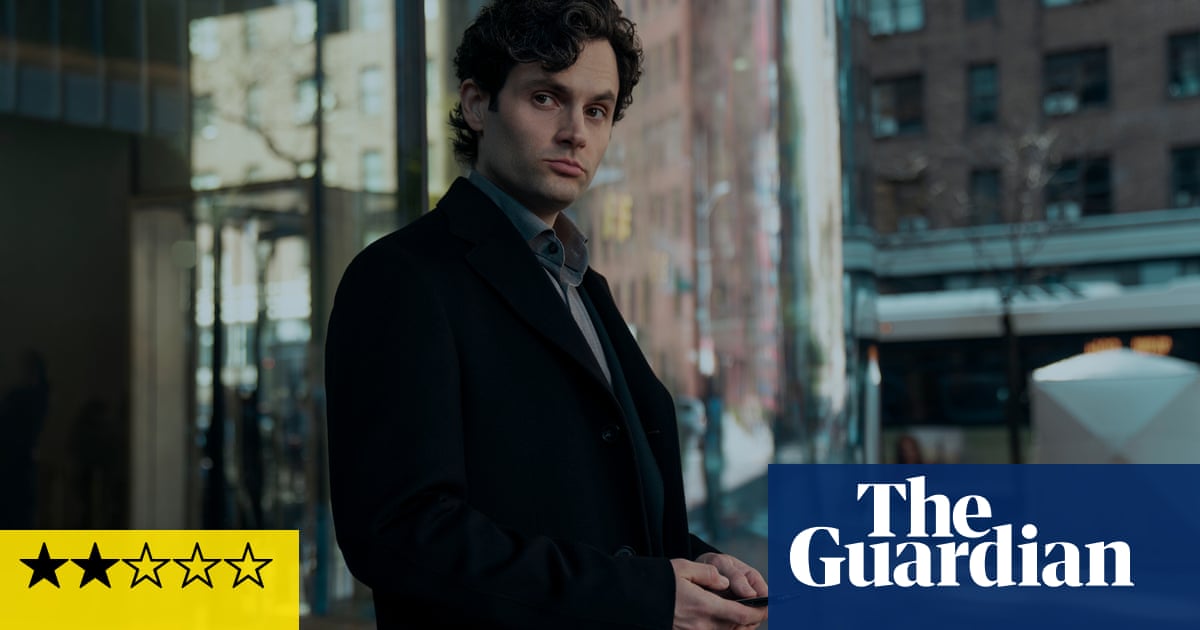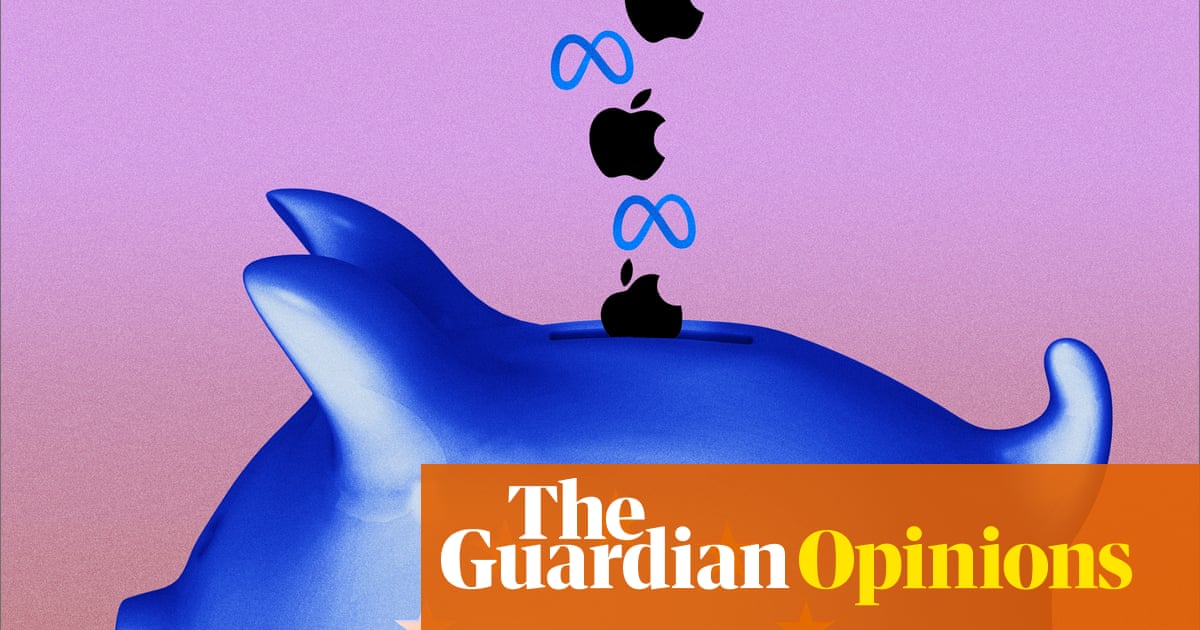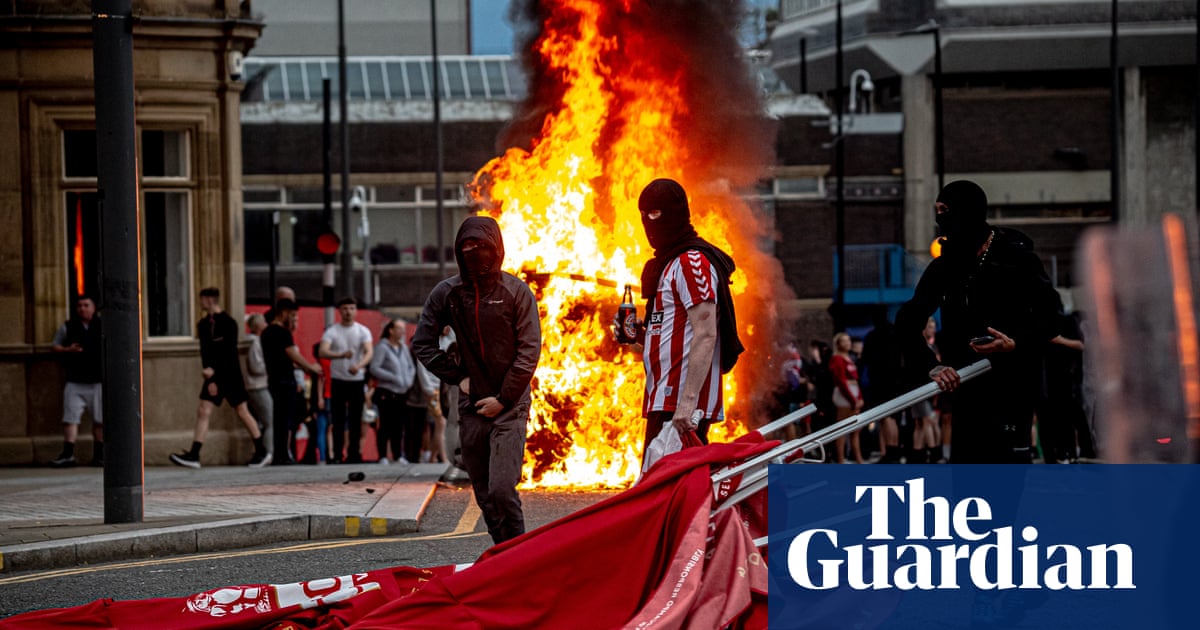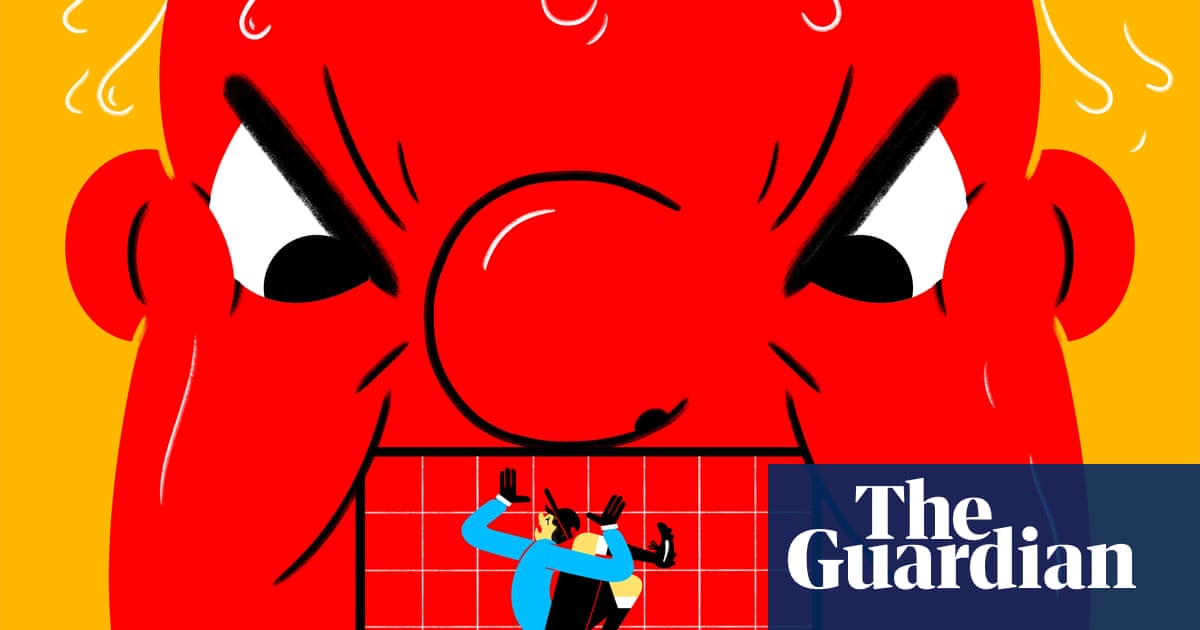I have seen horrors so limp and lifeless they have turned into comedies. I have seen comedies so dedicated to killing every last one of your brain cells that they have become total horrors. I have seen sex scenes drained of all sex. I have seen Jim Carrey play against type as a hardboiled detective with a light Polish accent. I have seen Nicolas Cage play to type as a hardboiled action lead in a film with a ludicrous premise (more on that later). I have seen actors deliver lines such as: “You are like the most precious flower and your blooming can only be enjoyed once!” with varying degrees of success. I have witnessed this exchange in a plodding crime drama:
Dad: What kind of sicko fucks their stepmom?
Son [aggrieved]: I introduced you to her!
Within seconds of this dialogue a knife will fly through the air and mortally wound someone in the head, setting off a violent shower of gunfire. Bodies will fall; audiences will weep. I have watched every 0% film on Rotten Tomatoes’ list of the Worst Movies of All Time and have lived to tell the tale.

Currently 40 films on Rotten Tomatoes have earned two ignoble distinctions. First, they’ve received a 0% approval rating. Second, they’ve been reviewed 20 or more times, meaning they’re usually larger productions, not small indie misfires, thus granting them a position on the website’s Worst Films of All Time list (take away that second criteria, and the net widens; at the time of writing, 572 films available on streaming make the cut). I discovered this list last winter, after reading Martin Amis’s novel London Fields and learning of its ill-fated film adaptation, a curious project that began in 2001 under David Cronenberg, and after nearly two decades and many false starts – including a brief time under Michael Winterbottom – resulted in a 2018 film by Hollywood music video director Mathew Cullen that boasted a starry cast (including Billy Bob Thornton and Amber Heard) and debuted to uniformly negative reviews: “A trashy, tortured misfire from beginning to end,” ruled the New York Times.
I wondered just how bad it was. I wondered just how bad they all were. And so this winter, a routine was established. I would settle on my sofa and load up a stinker. I thought it would be fun, in the way that indulging in things that are generally bad for you is fun, but instead I found my heart growing heavier each time, my critical faculties grinding to dust. My attitude to films began to resemble the feeling one has towards food after a particularly vigorous session at an all-you-can-buffet: no more. After I watched film No 34, I was convinced I had seen a masterpiece, before realising it merely had a basic understanding of suspense. But I’m getting ahead of myself. Let me take you back to the start.
September 2024. The first film I watched was Cabin Fever, a 2016 remake of director-actor Eli Roth’s 2002 cult horror. Five university students venture into the country for a weekend away, only to be terrorised by a deadly flesh-eating virus. The townspeople are unlovely caricatures of unsophistication, with a habit of saying things like: “What did I tell you about biting city folk!” (admonishing a cannibalistic child) and, “Got to get me another hog!” (checking on their hogs). The film’s gender politics could be described as “spicy”: around the living room fire the first night, the two female students talk about masturbation in front of the gawping boys, and I could not tell if this was empowering or not, though it passes the Bechdel test in a very literal way.
The 2016 Cabin Fever was ruled a forgettable remake that did not add anything to the original. Pointlessness was a defining feature in the next few films, which seemed like lifeless approximations of better ones in their respective genres. Hard Kill, a 2020 Bruce Willis action vehicle, sees the star as a CEO who has to save his kidnapped science genius daughter (played by Lala Kent of reality TV show Vanderpump Rules fame). There’s the usual trappings of the genre: gun battles, a showdown between rivals, and a mission to “save the world” by preventing a technology called Project 275 falling into the wrong hands, though it’s never clear what Project 275 is. Watching the film, you get a vague approximation of what it’s trying to do, but its true meaning eludes you.
Dark Crimes, meanwhile, is a gritty noir with Jim Carrey as a Polish detective whose investigations bring him into the orbit of a mysterious woman played by Charlotte Gainsbourg. With stylish cinematography, it’s one of the more technically accomplished works – within the 0% club, the quality of films varies wildly – but is boring and takes itself too seriously. I was more excited to watch Homecoming, a kidnapping drama featuring Mischa Barton as an obsessive ex-girlfriend. It was not great – a far less interesting version of Misery – but I did feel invested in the plot and characters, and such things were beginning to feel rare and special.
I had anticipated funny glorious failure; what I saw were things that fell into the forgettable middle. But that makes sense. After all, Rotten Tomatoes is not a reliable indication of quality. As an aggregator of reviews that have been flattened into binary judgments of “fresh” or “rotten”, it doesn’t distinguish between films that are mediocre or divisive. A film that is merely good but uncontroversial can emerge as a 90% masterpiece; a 0% film can be blandly fine, but fail to prompt any enthusiasm. Not all films on the worst-ever list have been reviewed by the Guardian, but the ones that have often fell into the blandly mediocre camp, receiving two out of five stars – a rating that amounts to “bad, but not worth a panning”. Some of the most beloved worst films of all time – Tommy Wiseau’s The Room, so silly that it still attracts rowdy audiences all over the world, to the Hitchcock-inspired misfire Birdemic: Shock and Terror – have eked out some positive reviews (Birdemic, Variety ruled, has “a goofy, almost surrealist charm”) and so don’t make the list.
The famously slated Staying Alive, the Sylvester Stallone-directed sequel to Saturday Night Live with John Travolta, is featured in many bad film lists, but viewed against the other Rotten Tomatoes 0%-ers – where it has also earned a place – it seemed competent, if uninspired. Another unloved sequel was Return to the Blue Lagoon, the follow-up to the 1980 film that starred a 14-year-old Brooke Shields as one half of a telegenic duo marooned on a tropical island. The original Blue Lagoon was criticised for its shallowness, sentimentalism and for sexualising minors; the sequel repeats the same formula, with a 15-year-old Milla Jovovich in Shields’ place. It features the same cerulean-blue vistas and romanticised snapshots of life in the wilderness. The only drama happens in the last 10 minutes of the film; everything else washes over you like a designer perfume TV advertisement, all glamour and gorgeousness and a total void of meaning.My hypothesis that the 0% fims were ultimately more boring than offensive was soon tested by 2003’s National Lampoon’s Gold Diggers. It is dismissive and mean-spirited about nearly everybody, from its weedy young protagonists, who marry a pair of rich older women in the hope of killing them and collecting the money; to the women themselves, ghoulish in their “old age” (fiftysomething); to the side characters who are racist caricatures. Bad comedies are the most difficult to sit through. Terrible films in other genres can become accidental comedies, but a thing that tries and fails to make you laugh tends to fill you with hate. And so it was with Adam Sandler’s The Ridiculous 6, a western satire with the lethal combination of being stupid and charmless (another Blazing Saddles-inspired 0%-er, Wagons East – the last film that featured beloved comedian John Candy – seemed full of heart in comparison).

Did any comedies rise above the crowd? Some, at least, seemed to soften with time. 1993’s Look Who’s Talking Now – the third instalment in the Look Who’s Talking comedies, with John Travolta and Kirstie Alley – attaches the voices of Danny DeVito and Diane Keaton to live-action dogs, a practice that seemed very dated, and so oddly charming. It was maybe because of this, and the fact that the film was fairly inoffensive, that made it seem generally unobjectionable. Meanwhile, reviews at the time ruled 1990’s Problem Child, a comedy about a dastardly orphan as too insipid and too mean. But 30 years later, at a time when “TikTok prankster arrested after allegedly spraying bug killer on grocery store produce” is a legitimate news headline, these seemed neither excessively stupid nor cruel but in fact rather mild.It was the horror films that I had been dreading – I am a coward – but it turns out a bad horror isn’t frightening at all. A successful horror requires careful world-building and attention to logic and suspense; fail to do that and the result is underwhelming and even funny. Kate Beckinsale’s game turn as an architect in a haunted house couldn’t save The Disappointments Room from becoming one long music video featuring creepy children. One Missed Call (2008), a remake of the cult Japanese horror, meanwhile, is undone by unintentional hilarity. In it, a ghost trapped in a mobile phone wreaks havoc on the living. “What if her spirit’s there, moving through the phones, attacking people?” one character asks to no one’s great interest, as elsewhere a lone ghostly hand bursts out of the pavement brandishing a mobile. It’s true that we would soon all become haunted by our phones – but just not like this. Not like this at all.
Among the films on the list, one is known as the worst of the worst: 2002’s terribly named Ballistic: Ecks vs Sever. It’s been reviewed 118 times, the most for a film with a 0% rating, and so tops Rotten Tomatoes’ Worst Movies of All Time list, where it’s deemed a “startlingly inept film” featuring “wall-to-wall action without a hint of wit, coherence, style, or originality”.
after newsletter promotion
Ecks vs Sever was the eighth film I watched, and I’ll say it: after boring crime thrillers, charmless comedies and horrors that made absolutely no sense, Ecks vs Sever delivered a welcome commitment to high-octane theatrics. Antonio Banderas and Lucy Liu play secret agents – Ecks and Sever – who team up against a rogue boss. (Why the film’s title pits them against each other is another mystery in a bottomless pit of mysteries.) Ballistic is a parade of explosion after explosion, shootout after shootout, with plenty of scenes of a taciturn leather-clad Liu strutting around, a beleaguered Banderas seeking revenge, all thinly tied together by a barely there plot.
In general, high-concept action films were the best to watch; whatever inanity was going on could be allayed by high-paced action set-pieces, ambitious stunts and campy villains. Not every one delivered, though: take Gotti, the biopic of mafia crime boss John Gotti with John Travolta (the actor appears three times on this list). With its frenetic pacing and multiple time jumps, it’s impossible to follow. Watching it in a post-lunch haze, I rewound the first 10 minutes about 10 times before realising I wasn’t the problem, it was the film. The 2014 thriller Left Behind steps into the very big shoes of Con Air – Nicolas Cage, at the helm of a plane ride that goes wrong – and spectacularly fails to fill them. A Christian action film that explores the aftermath of the rapture, it is funny when it wants to be serious. When passengers from his plane disappear mid-flight – ie the blessed ascending to heaven – Cage tells his colleagues, “It was God”, with perhaps 30% conviction. Why did he agree to do it? “My brother Marc is a Christian pastor,” Cage has explained. “he said, ‘Nicky, you’ve really got to do this.’ When I saw how passionate he is, I wanted to do the film for my brother, too.”
I gave myself until December to complete the list. By then, I turned to the 13 films that weren’t available on streaming, which involved ordering DVDs and rescuing an old Xbox One from the attic (five films weren’t available on UK streaming or DVDs at all). In total, I watched too many films to name here, but the theme that emerged was one of brutal downfalls. Hollywood can be a miserable business, where the highs are fleetingly high and the lows can be mercilessly low, and some of the films here proved it. Italian film-maker Roberto Benigni charmed Hollywood with his 1997 triple Oscar-winning Life Is Beautiful. His next project, a live-action version of Pinocchio, bombed in the US, where reviewers were put off by not only the premise – an adult Benigni gallivanting around as a boy puppet – but also the awful dubbing. Chinese director Chen Kaige stormed Cannes with Palme d’Or-winning Farewell My Concubine before making his first English-language production, Killing Me Softly, with Heather Graham and Joseph Fiennes, an erotic thriller that plays like questionable fanfiction. And while toy giant Mattel might like us to believe it debuted triumphantly into the world of cinema with 2023’s Barbie, its first attempt – the 2016 superhero film Max Steel – was a washout.
I saved London Fields, the film that led me down this path, for the end. It felt like a poetic conclusion. It was an unusually sunny morning – it was as if the weather knew – but on screen, Martin Amis’s London looked defiantly ugly, shrouded in a gothic oversaturated fog and teetering on social collapse as Billy Bob Thornton, Theo James and Jim Sturgess’s characters vie for the attention of clairvoyant-seductress Nicola Six, played by Amber Heard. Filled with gravelly lines pulled straight from the novel such as “This is London. There are no fields, only fields of operation and observation” set to self-serious montages, the film strives to be a sexy noir and comes across more like a 2000s pop-metal music video.
“It was the hardest movie I ever did,” Billy Bob Thornton said ahead of its release. “We were squeezing 10lb of shit into a 5lb bag. We didn’t have enough money or enough time […] We hope we do you proud with the film. If we let you down, I apologise in advance, but we sure gave it our best.” It’s a moving quote, all the more so considering the outcome (the director and producers fought for control over the film. As was the case with other films on this list, the director lost, and has distanced himself from the final result.) Some films soar, others fall, but all are sprawling endeavours involving great amounts of work. To have it fail, after all that, is tragically human.
As the credits to London Fields rolled, I wondered what I had learned from this three-month odyssey through the boring and the bad, the underwhelming and the outrageous, the generic and the questionably unique. It was difficult to compare them, but the worst of the worst, for me, was National Lampoon’s Gold Diggers. It is hard to compete with a comedy that lands no jokes and is outright offensive (the same could be said of The Ridiculous Six, though that at least that had the money to produce interesting sets). The worst action film was, for pure incomprehensibility, Hard Kill, while 2011’s Beneath the Darkness was the worst horror, as the killer (a magnificent scenery-chewing Dennis Quaid) is identified early on, with the rest of the film dedicated to the uninteresting logistics of catching him.
While good art can be transcendent and awe-inducing, bad art at its best reminds us of our humility and vulnerability and the inevitability of failure. We all feel the desire to create; we all see grand ambitions fall apart. Plenty of the films in this list were corporate cash-grabs and paint-by-numbers productions that could have been generated by AI. Beyond them, it’s those moments of humanity – funny, absurd, too close to home – that will stay with me. That bizarre piece of dialogue; the performance that tries too hard; Nicolas Cage signing up to a questionable script because it would make his brother happy. It’s said that great art reveals something about the human condition. The best bad art does the same thing, too. I probably won’t revisit any of these films, and did not find a great misunderstood gem, but have been given a crash course in the ways things just go simply and gloriously wrong. There are so many.

.png) 2 months ago
25
2 months ago
25

